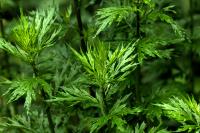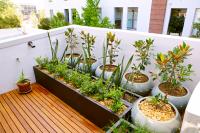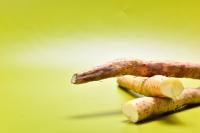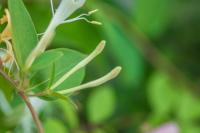1、 Plant introduction
1. Irregular branching of trees or shrubs. Its newly grown branches and buds are purplish red, and there are many thorns on the stem, about 4 cm long. Its leaves are single leaves, petioles are not long, and the shape is generally oval. Its flowers are racemes, and each flower has 5 petals. The fruit is finger shaped, with yellow skin and transparent pulp, which can be eaten.
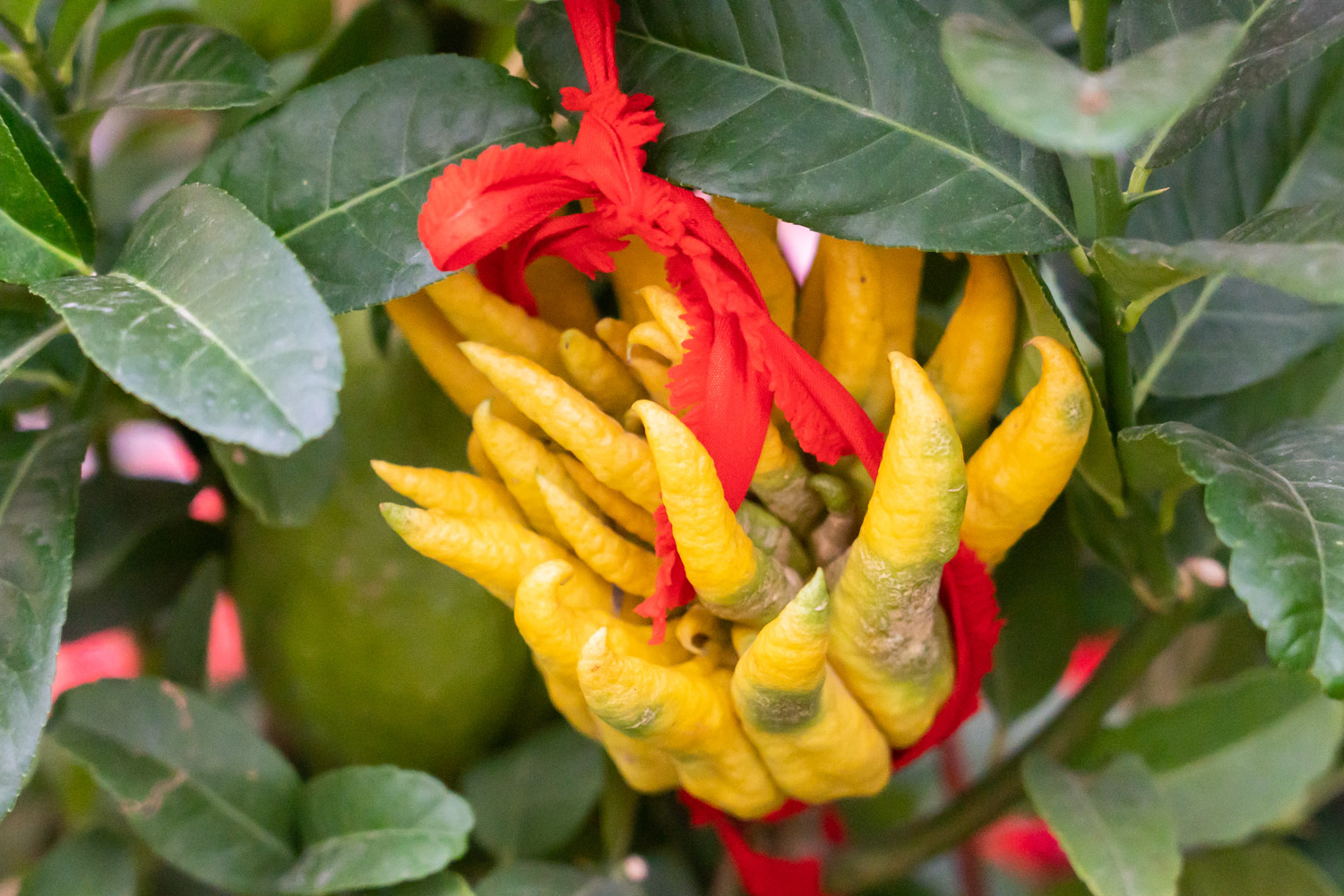
2. Growth habits: Bergamot likes warm and humid climate and sunny environment. It is not resistant to cold and is more afraid of drought, but it is more resistant to barren and waterlogging. When the temperature is 22-24 ℃, the plant grows faster. It cannot be lower than 5 ℃ in winter, otherwise the plant will be frostbitten. It is usually planted in deep, loose and fertile acid soil.
3. Maintenance method: the cultivation of bergamot requires the preparation of nutrient soil. Humus soil, river sand and peat soil are mixed in the proportion of 6:3:1 as the matrix, which not only has good drainage, but also provides an acidic growth environment. Water frequently during daily maintenance, and spray water properly if the climate is dry. Organic fertilizer needs to be applied during the pregnancy and bud stage, before and after flowering, which is conducive to plant fruit setting.
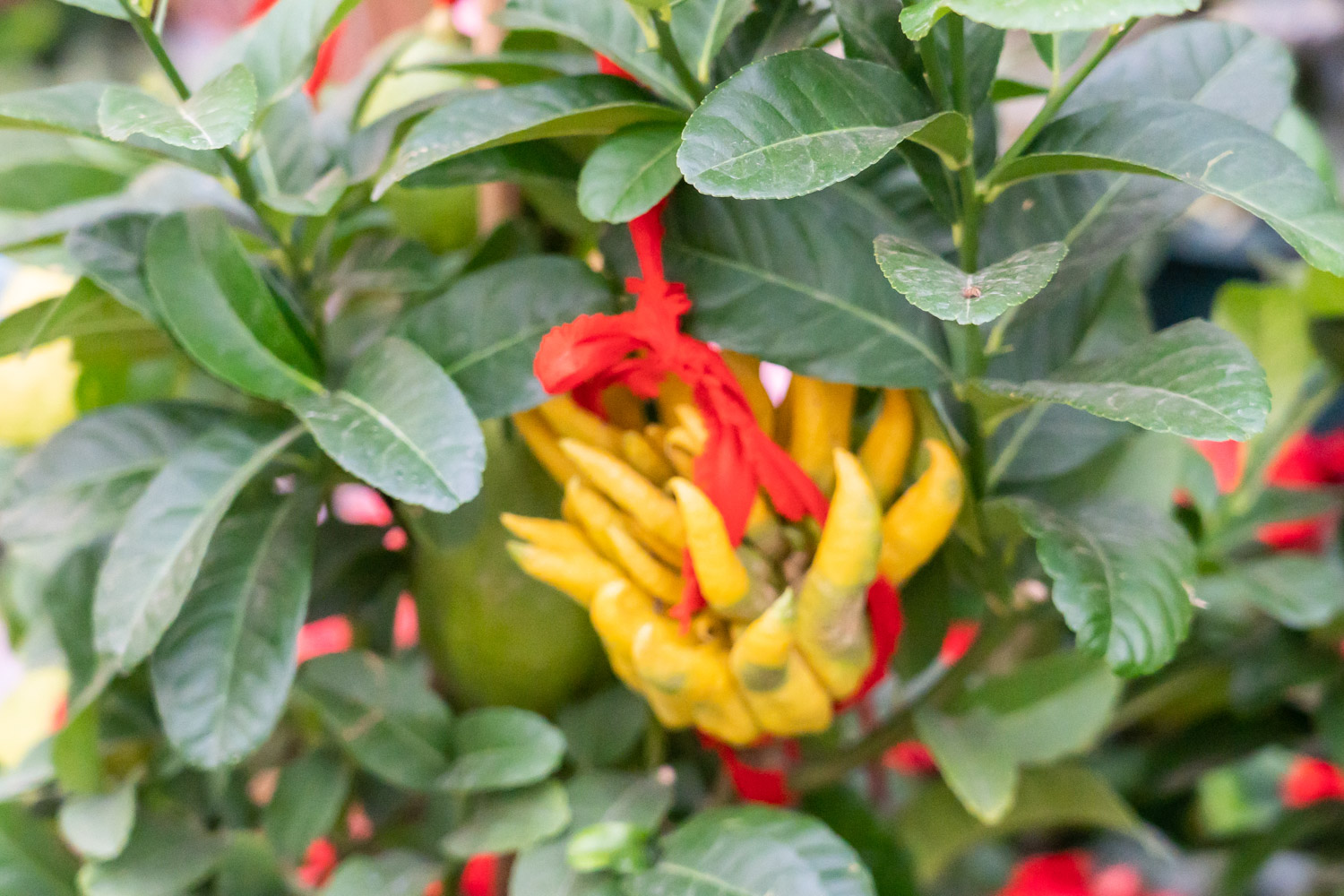
4. Reproduction skills: there are two methods of reproduction of bergamot. One is cutting, the other is grafting. For cutting, we should select robust plants for 7-8 years, cut a vigorous branch with a length of about 20 cm, cut off its leaves and tender shoots at the top, insert it into the sand, water it appropriately and wait for rooting. Grafting is generally carried out from August to September. Select robust plants of 4-5 years as rootstocks, cut off redundant branches and keep only one. Cut off some cortex where the branches are cut off, use the branches grown last year as scions, insert them into the cut cortex, and bind them after fitting.
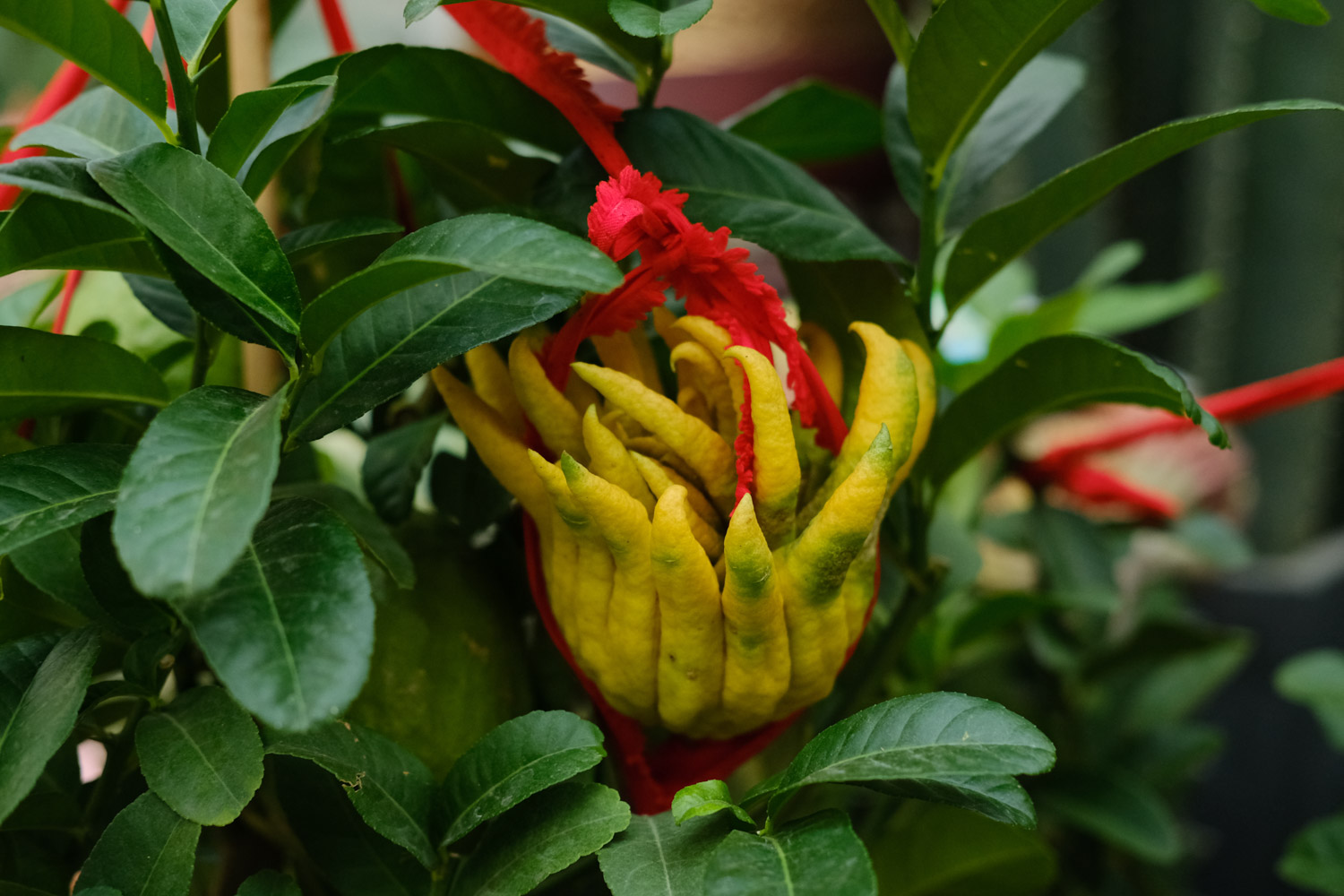
2、 Picture
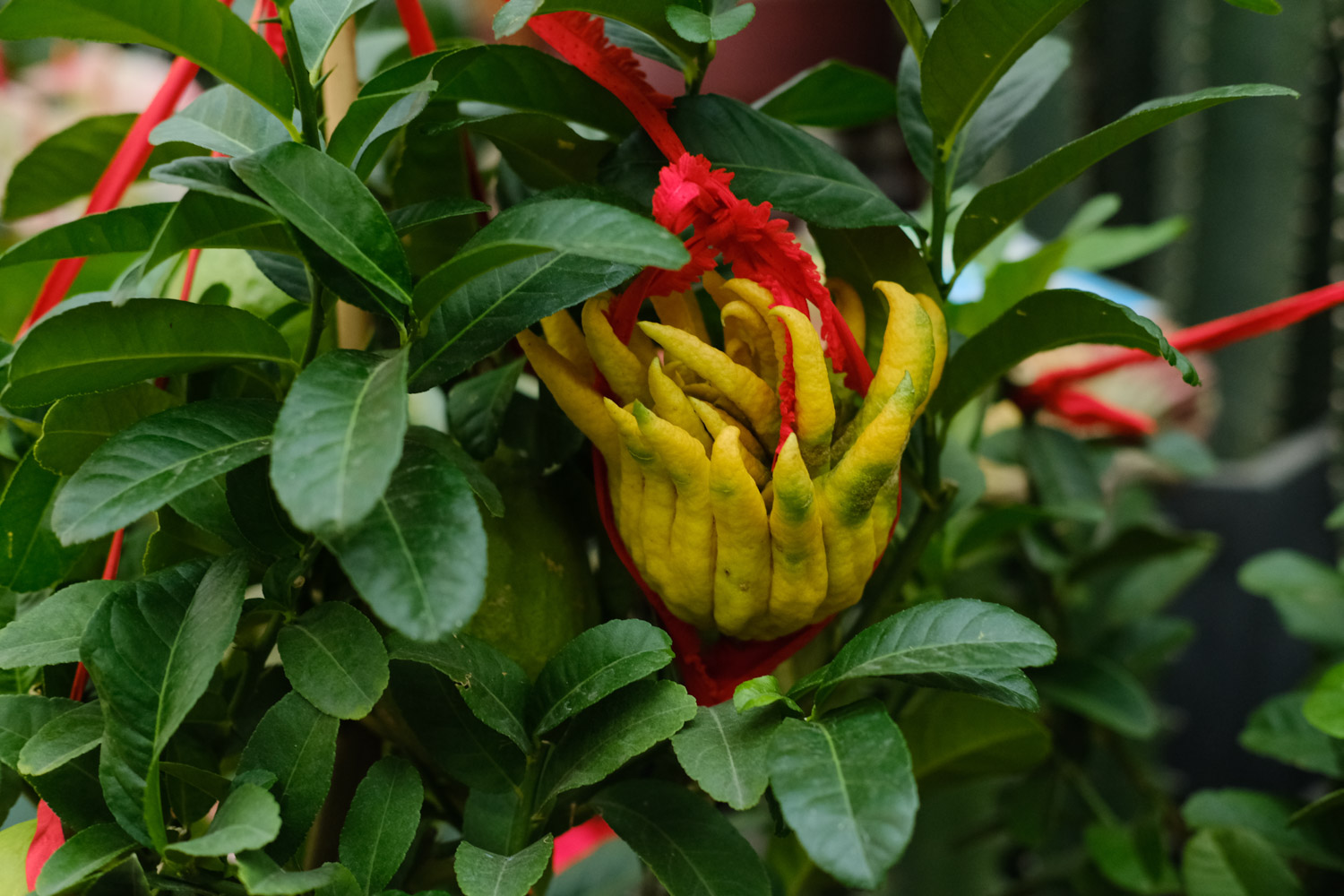
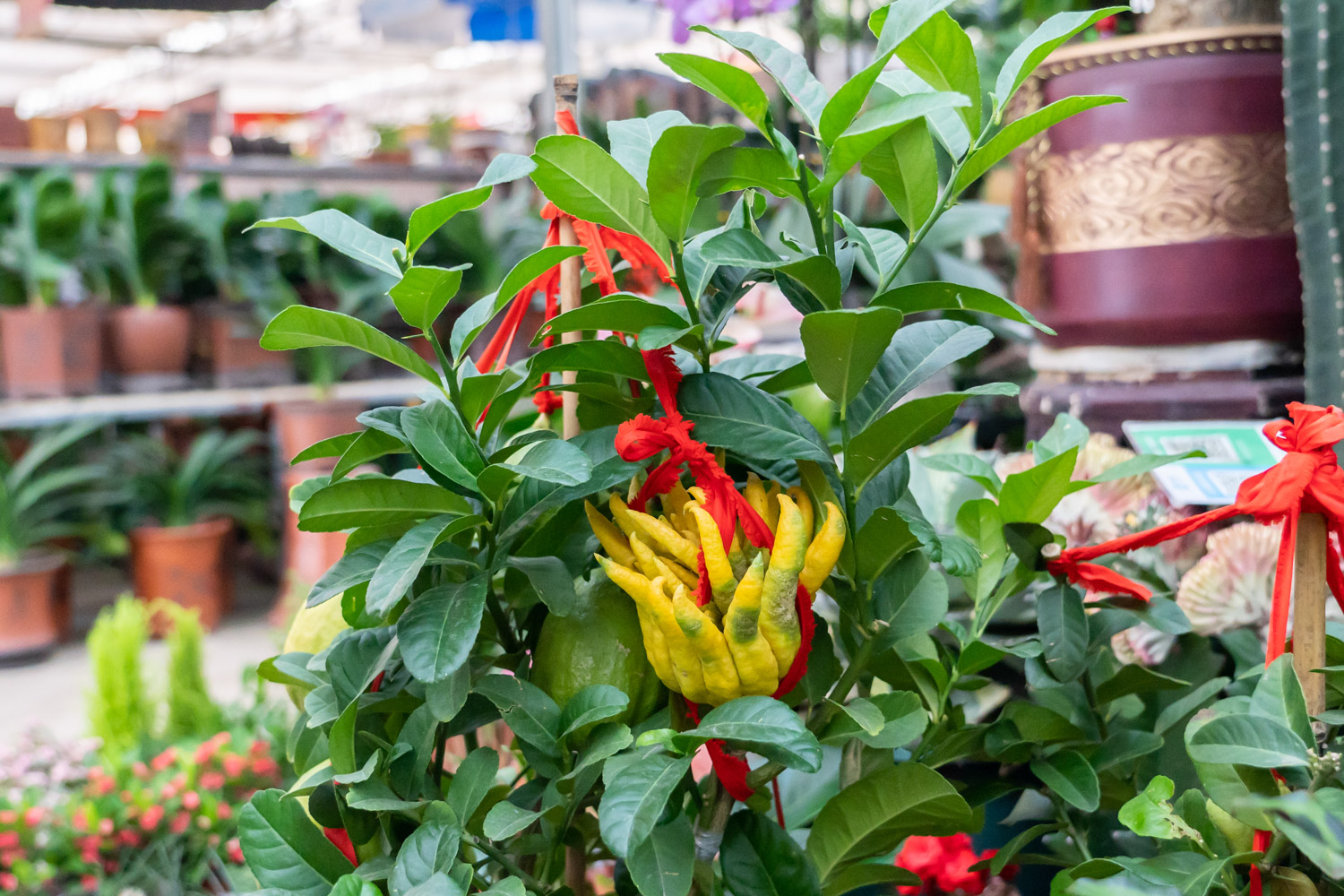
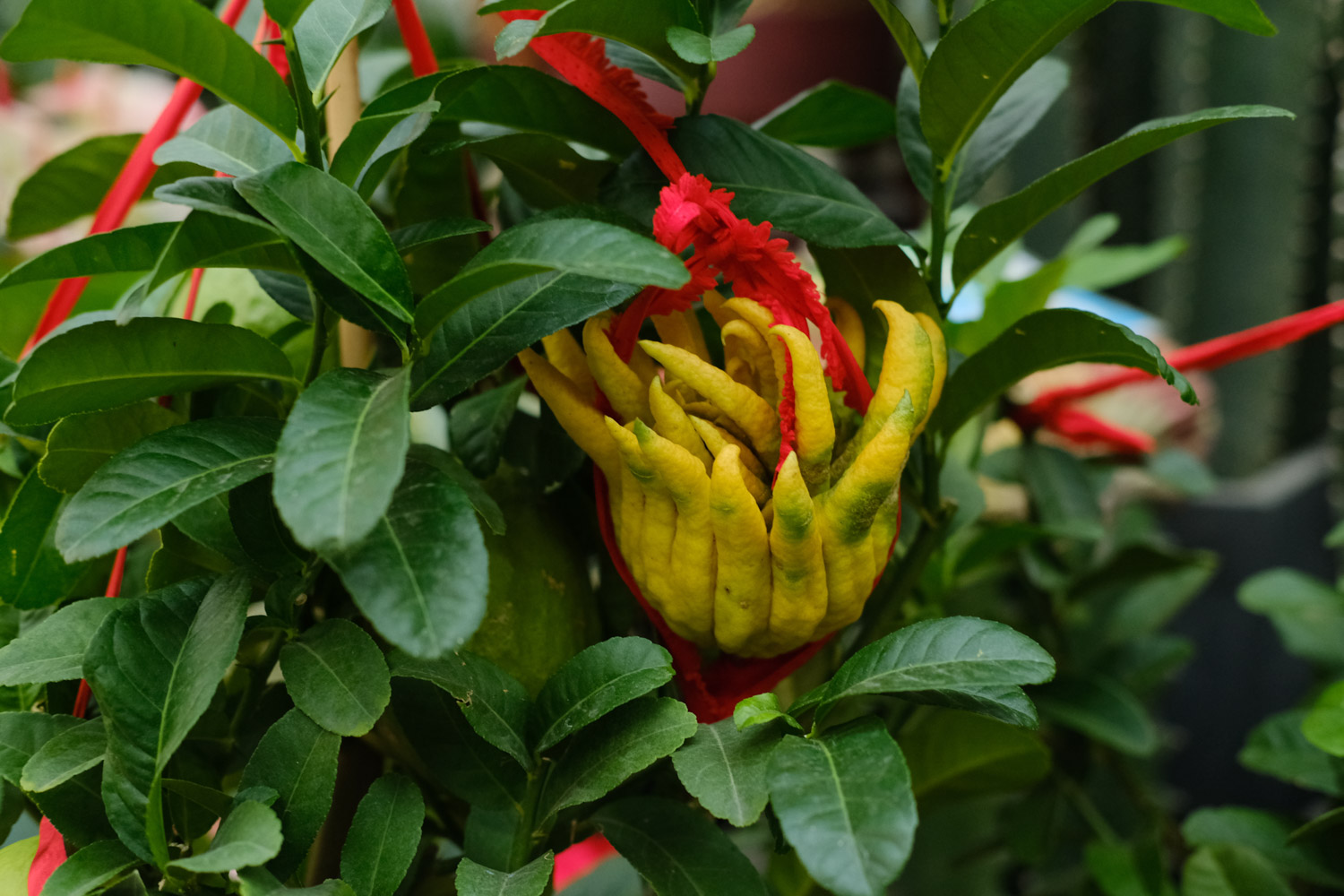

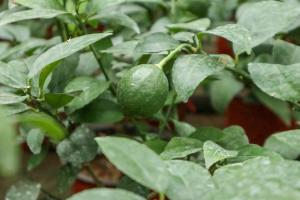 The efficacy and fun...
The efficacy and fun...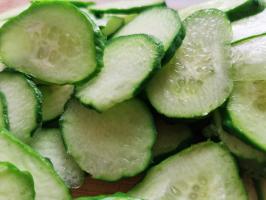 The efficacy and fun...
The efficacy and fun...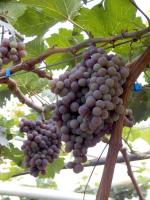 The benefits of eati...
The benefits of eati...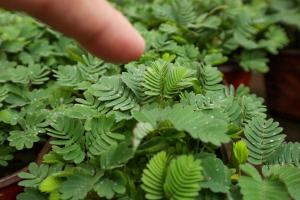 Why is Mimosa called...
Why is Mimosa called...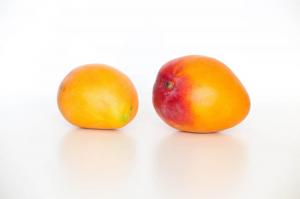 What can't mango be ...
What can't mango be ... The efficacy and fun...
The efficacy and fun...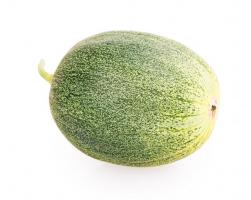 Is watermelon a frui...
Is watermelon a frui...



























